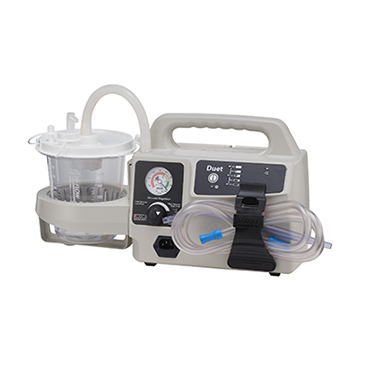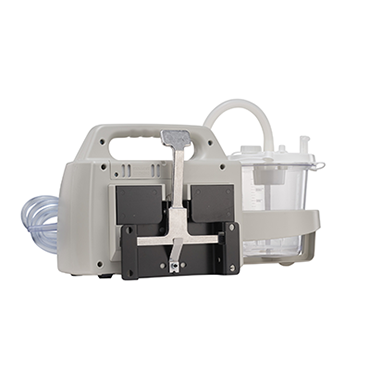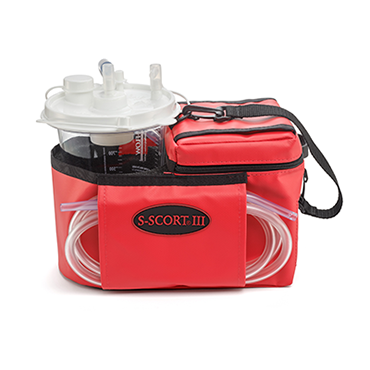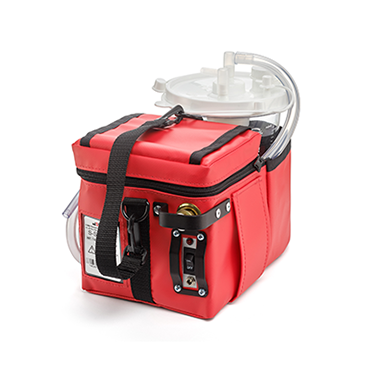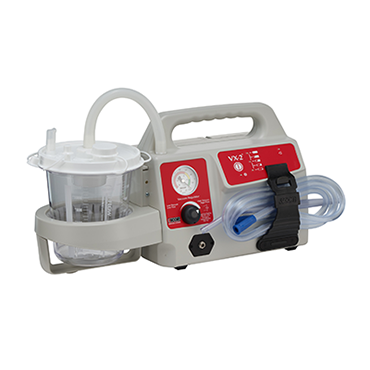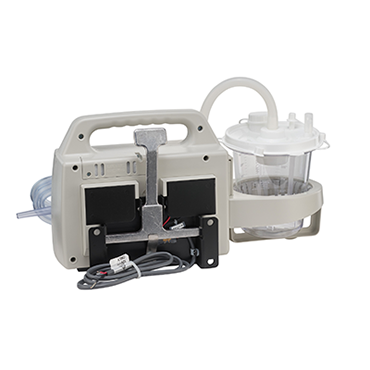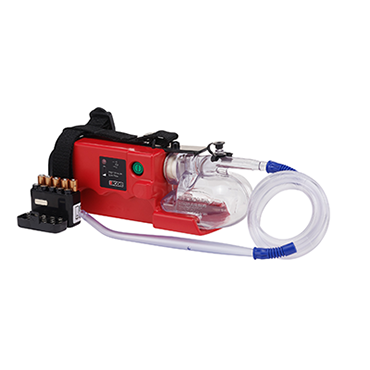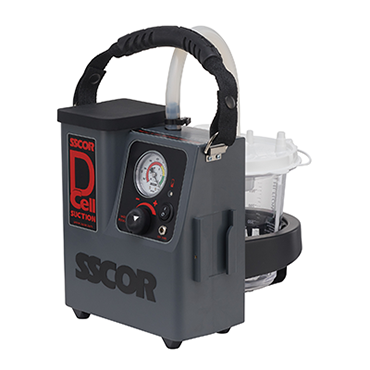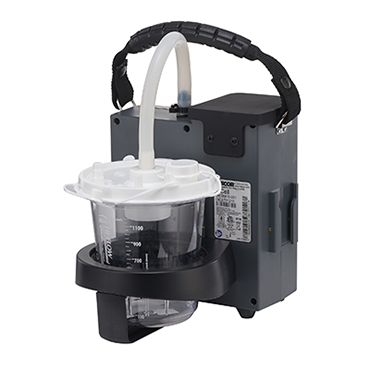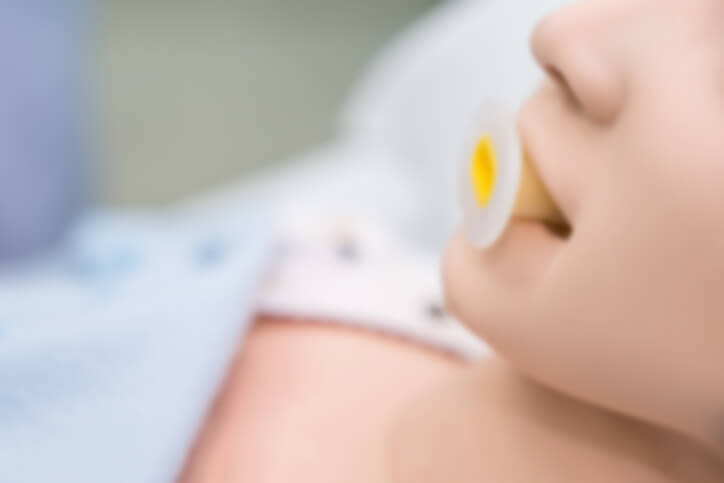
The ABCs of patient care begin with the airway. Does your patient have airway patency? Can your patient maintain their airway? Are there any obstructions or contaminants obstructing the airway? Questions like these are likely second nature to you, and you probably don’t even realize you are asking them when caring for your patients.
Establishing a patent airway is one thing. Effectively monitoring the airway is another, and this takes both skill and technique. Let’s discuss three tips for successfully monitoring your patient’s airway, whether you are in the field or the hospital setting.
When in doubt, fall back on your assessment.
Making an assessment is not only your first action, it’s the backbone of your care. A thorough respiratory assessment not only provides valuable clinical information but also allows for minimal distraction in your systematic approach. A general inspection of the patient provides you with valuable information. When monitoring a patient’s airway, assess his or her respiratory status by simply observing for the following factors:
- Mental status
- Skin color, temperature, and dryness
- Breathing rate and quality of respirations
- Work of breathing and accessory muscle use
- Chest expansion symmetry and depth
- Obvious signs of chest trauma or wounds
Use positioning to your advantage
Sometimes, the best technique in airway management is to have the patient manage their airway, so when possible, support your patient in a position to maintain their airway. This is not always doable, but when it is, take advantage of it! Your patient is in the best position to maintain their airway, so encourage them to do so if able.
Ensuring proper positioning of the patient allows you to monitor the patient’s airway in a controlled position. You would never place a dyspneic patient in the supine position—you would elevate the head of the patient’s bed into the semi-Fowler or Fowler position to ensure adequate diaphragm excursion and promote ventilation. For this same reason, you want to position the patient appropriately to successfully monitor the airway.
Use equipment that increases your efficiency
Prehospital and hospital emergency providers have access to a large selection of monitoring equipment. You are likely surrounded by gear, from cardiac monitors and infusion devices to various tactical tools. One of the most important pieces of equipment for maintaining your patient’s airway is your portable suction unit.
You need a suction unit that increases your efficiency and allows you to respond quickly. Using a durable, lightweight, and rugged portable suction unit ensures that you have suction at the patient’s side, wherever the patient may be.
And don’t forget the disposables for your unit. Disposables that quickly clear the patient’s airway for rapid assessment and monitoring are essential. Consider using a suction tip that is designed for both routine and emergency situations, such as the SSCOR SDC Catheter™ (Formerly the SSCOR DuCanto Catheter®).
Go Back to the Basics
Successful airway monitoring depends on your detailed assessment skills, your ability to position your patient, and the use of innovative tools and equipment to ensure efficiency when caring for them.
In an age of new tools and devices for every aspect of emergency medicine, remembering the basics of monitoring will ensure that your patient gets the best care possible.
Maintaining and monitoring your patient’s airway is your priority in every situation. Remember these tips the next time, and every time you are monitoring your patient’s airway.
Editor's Note: This blog was originally published in June 2022. It has been re-published with additional up-to-date content.







